October 19, 2020 5:47 PM – 6:53 PM Temp around 60
These 15 minutes observation felt different than my previous silent observations. Perhaps, my senses were more familiar with space as I detected many changes at the first glance. Most of the trees to my south had lost their leaves and some of them had changed their color to red. The houses on the mountain behind those trees were more visible. I think the shrubs to my right were freshly mowed. The sky around the Tinker mountain was buttered with a layer of clouds and the mountain itself looked sparse as most trees had lost their leaves. Those beautiful yellow flowers had wilted, and some leaves of that shrub had changed its color to yellow. I hope they will bloom soon.
The ground was moist. Since there are no streams nearby, I was wondering how it was still moist. As the sky turned pink and orange with the setting sun, I saw many small blackbirds dancing in the sky. The google search I did, convinced me that those were Black Phoebe. I observed them for the next 10 minutes. There more 11+ birds on the branches of a naked tree. Some of them flew away but returned in around 3-4 minutes. I was surprised to see that many of them together. I was able to capture the picture with 5 of them although we really have to zoom in to see that. I wonder if they have the food competition for survival.
When I closed my eyes for auditory tuning, I noticed the voices of birds and insects more distinctly as I was focusing only on my auditory senses. Those 7-8 noises were unknown to me although my instincts told me that majority of them were terrestrial. It was hard to focus just on one as these voices were loud and continuous. I want to be able to recognize these voices. I don’t know if it was because roads are busier in the evening or if it was because I was more aware, I noticed more vehicles passing by. Most of them sounded like tractors.
The first picture I clicked is of White Heath Aster. Its scientific name is Symphyotrichum ericoides and it belongs to Asteraceae Family. I found that this herbaceous plant gets about 2 inches tall. Their stem is hairy initially, but they become brown once the plant matures. The second picture is of Grey Field-speedwell. Its scientific name is Veronica polita and it belongs to Plantains Family. It grows 2-8 inches tall. I found out that this plant is edible, has medicinal properties, and has also been used in teas to alleviate symptoms of allergies and asthma. The third picture I clicked is of a Dandelion. It belongs to Family Asteraceae and its scientific name is Taraxacum. It is said that the dandelion makes the only flower represent three celestial bodies during different phases of its life cycle. The yellow flower of dandelion resembles the sun,, the dispersing seeds of the plant resemble the stars, and the puffball resembles the moon. Their seeds are carried as many as five miles away from their origin.
This sit-spot observation has always been a good break from the screen as the fresh air recharges my mind. In addition to that, I learn so much by just tuning into the environment. Since this was my first time doing an observation during the evening, I noticed that I found more birds and voices of birds and insects. I think I had a great time using inaturalist to look for the names of the three plants I chose. Now that I have more knowledge of these plants, it will definitely be interesting to observe these three plants during my next sit-spot.

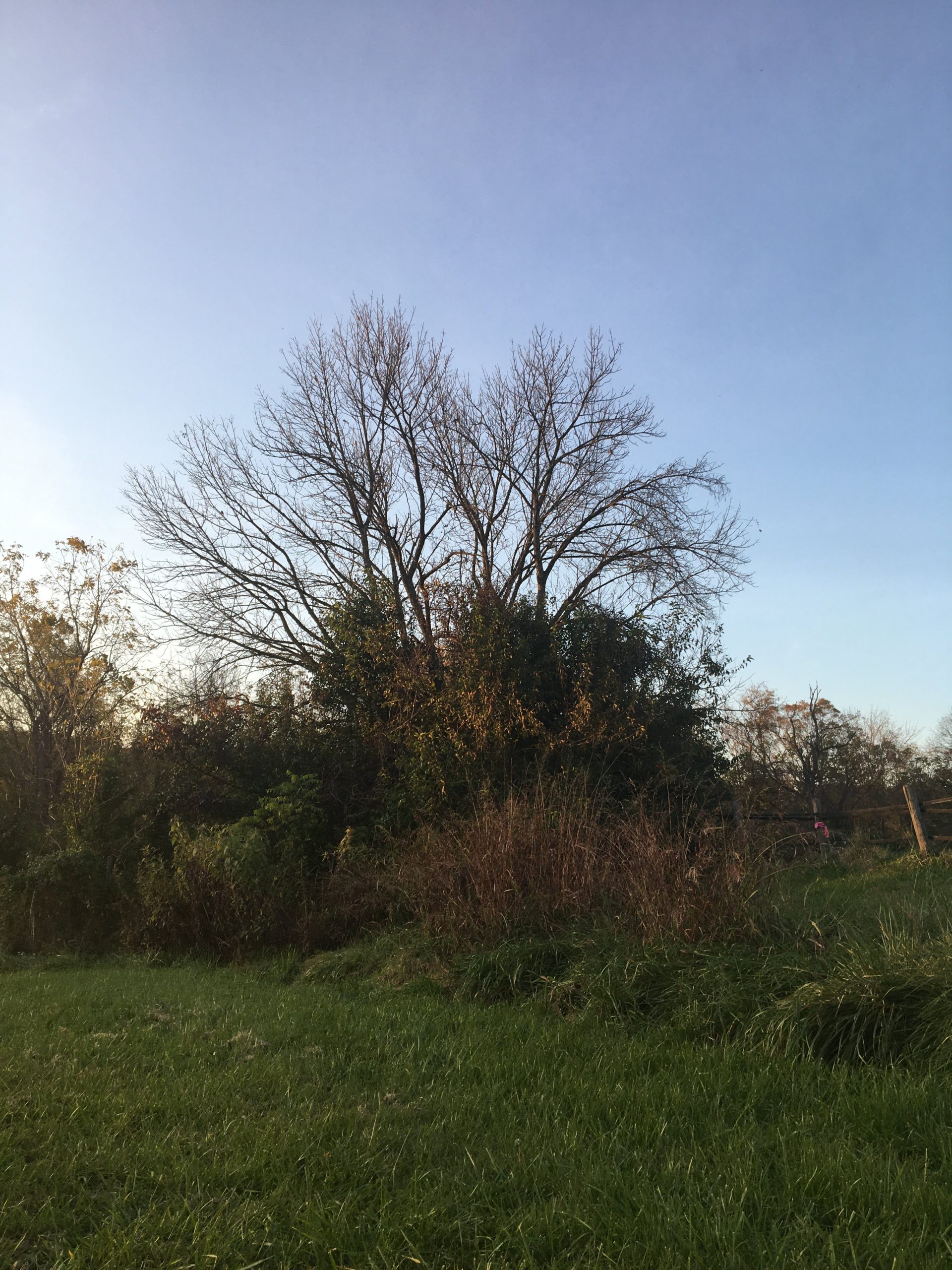
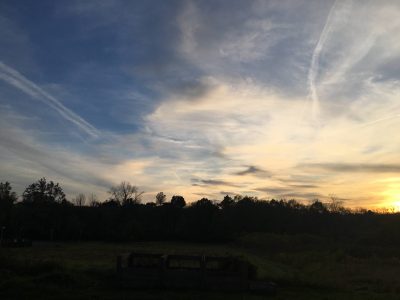
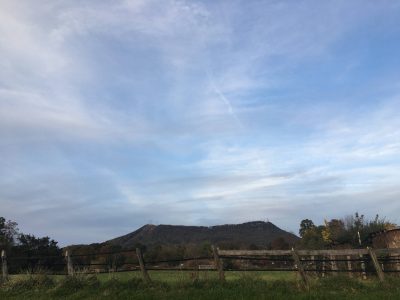
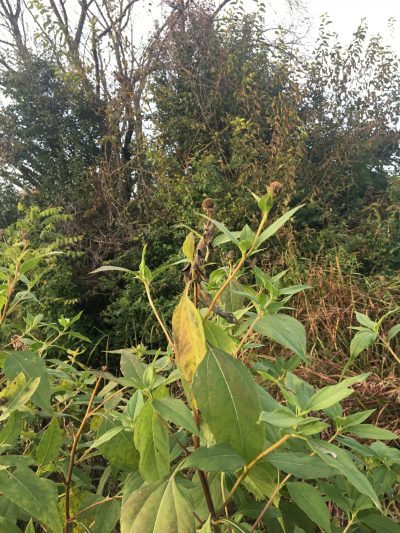
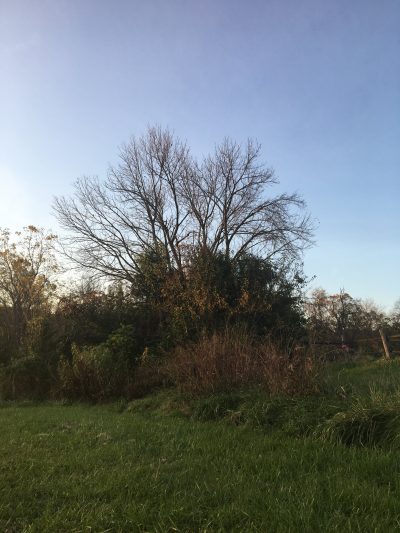
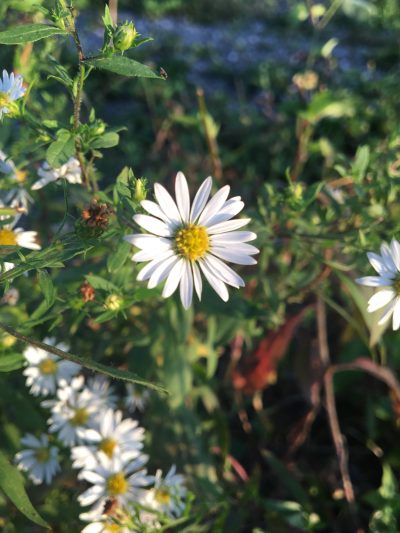
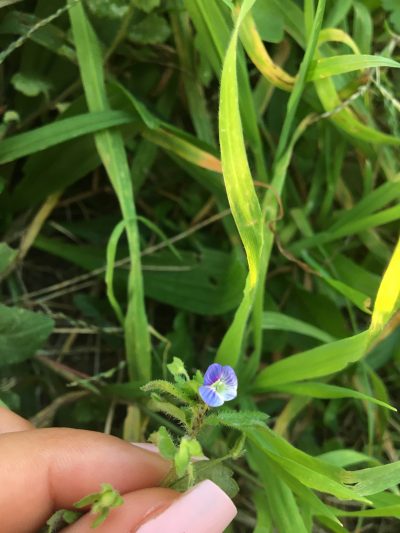
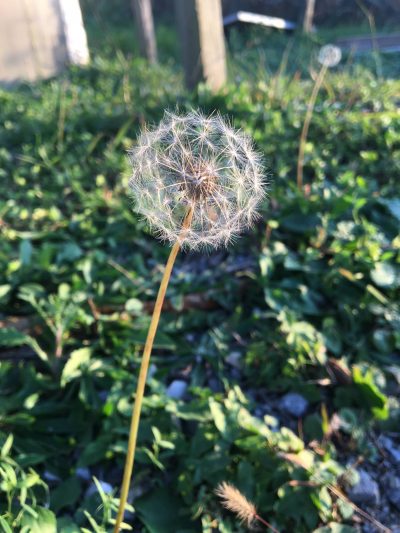
Your pictures are so high quality!! I love the Aster, it caught my eye immediately. I can relate to having lots of noises to focus on. Who knew nature could be so loud?
You definitely have a niche for photography, great pictures !
Love that you changed up your time and had the chance to see the sky change color. Some good IDs too! Nice blog